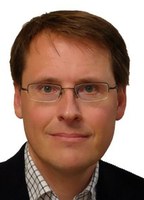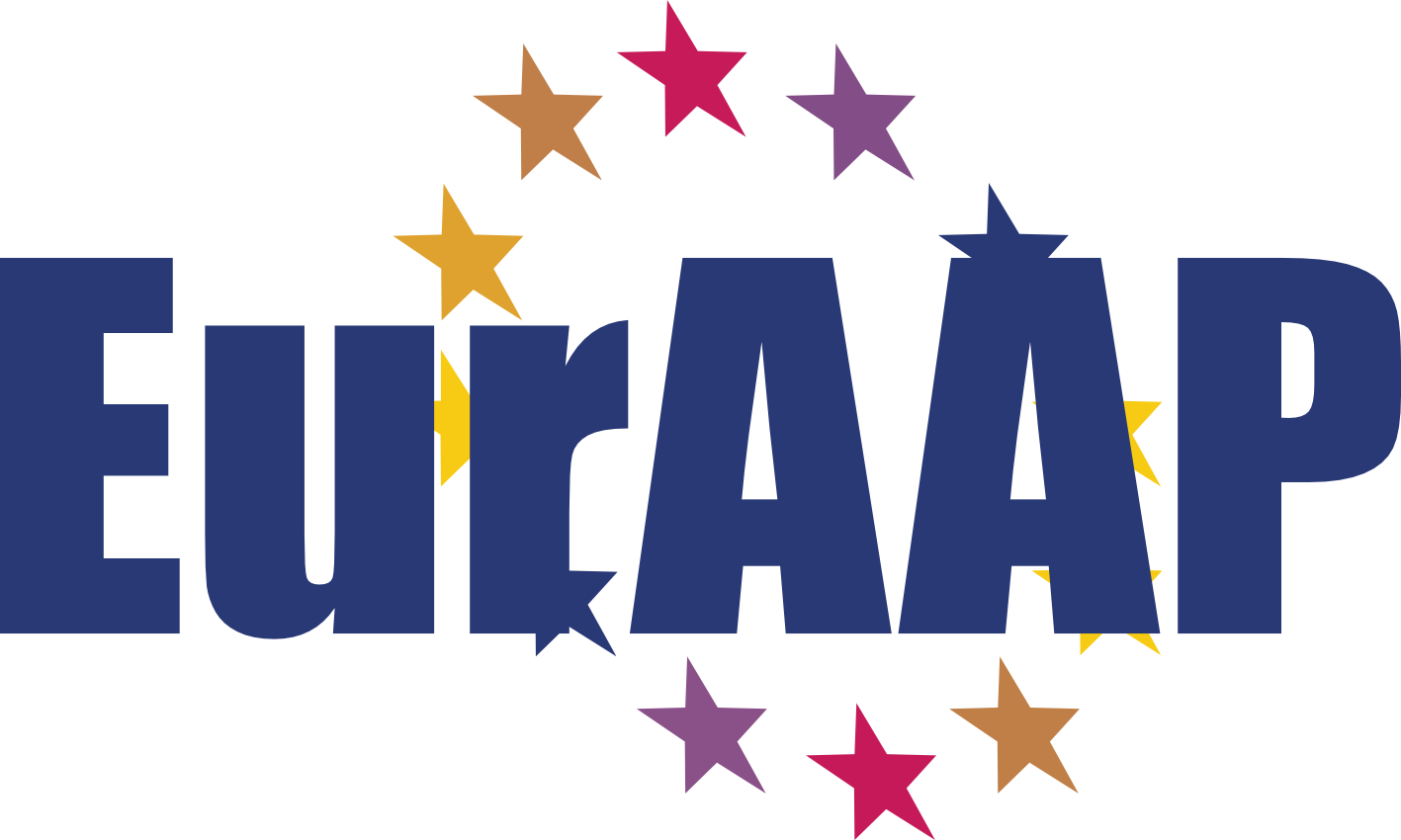IS02: Antenna Current Optimization and Optimal Design for Small Antennas
Thursday 3:00 - 3:40pm - Room Bordeaux
Mats Gustafsson
Lund University, Sweden

Mats Gustafsson received the M.Sc. degree in Engineering Physics 1994, the Ph.D. degree in Electromagnetic Theory 2000, was appointed Docent 2005, and Professor of Electromagnetic Theory 2011, all from Lund University, Sweden. He co-founded the company Phase holographic imaging AB in 2004. His research interests are in scattering and antenna theory and inverse scattering and imaging with applications in microwave tomography and digital holography. He has written over 65 peer reviewed journal papers and over 85 conference papers. Prof. Gustafsson received the Best Antenna Poster Prize at EuCAP 2007, the IEEE Schelkunoff Transactions Prize Paper Award 2010, and the Best Antenna Theory Paper Award at EuCAP 2013. He serves as an IEEE AP-S Distinguished Lecturer for 2013-15.
Abstract
Antenna design can be considered as an art of shaping and choosing materials to produce a desired current distribution on the antenna structure. Antenna current optimization is a tool to determine an optimal current distribution which can be used for physical understanding, as a priori estimates of the possibilities to design antennas, physical bounds, and as figures of merits for antenna designs. Antenna current optimization is particularly useful for small antennas for which the Q-factor and stored energy are of primary importance. The antenna design problem is preceded with a convex optimization problem expressed in the currents on the antenna. This convex optimization problem is solved efficiently at a computational cost comparable to a Method of Moments (MoM) solution of the same geometry.
In this presentation, antenna current optimization and stored electromagnetic energy expressions are reviewed. A tutorial description of the steps used to determine the lower bounds on the Q-factor for arbitrarily shaped structures and structures embedded in metallic structures are presented. Moreover, it is demonstrated how the approach can be modified to handle lossy and dispersive materials as well as antenna quantities such as efficiency, gain, directivity, and capacity.


















